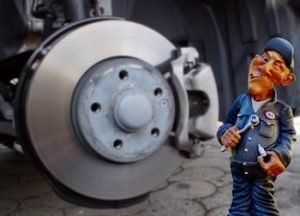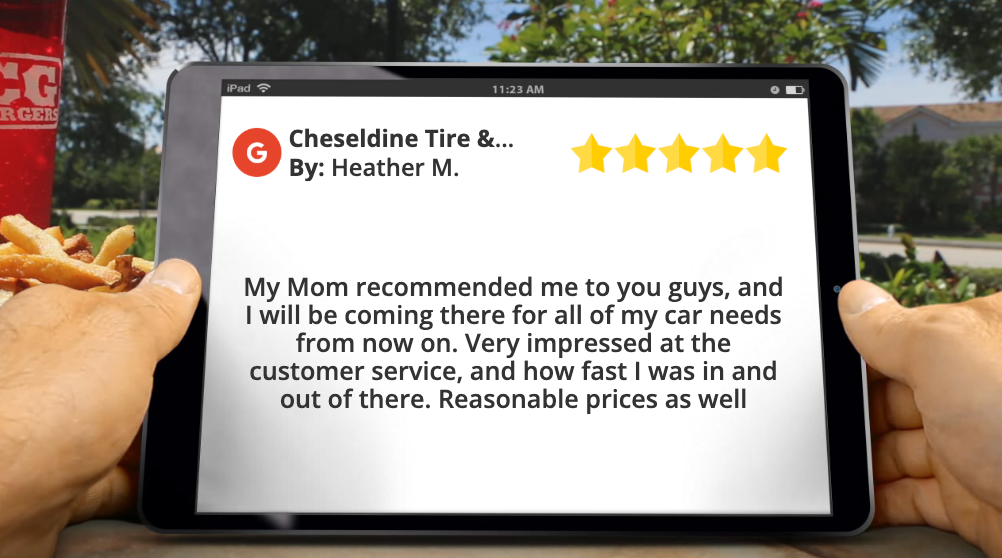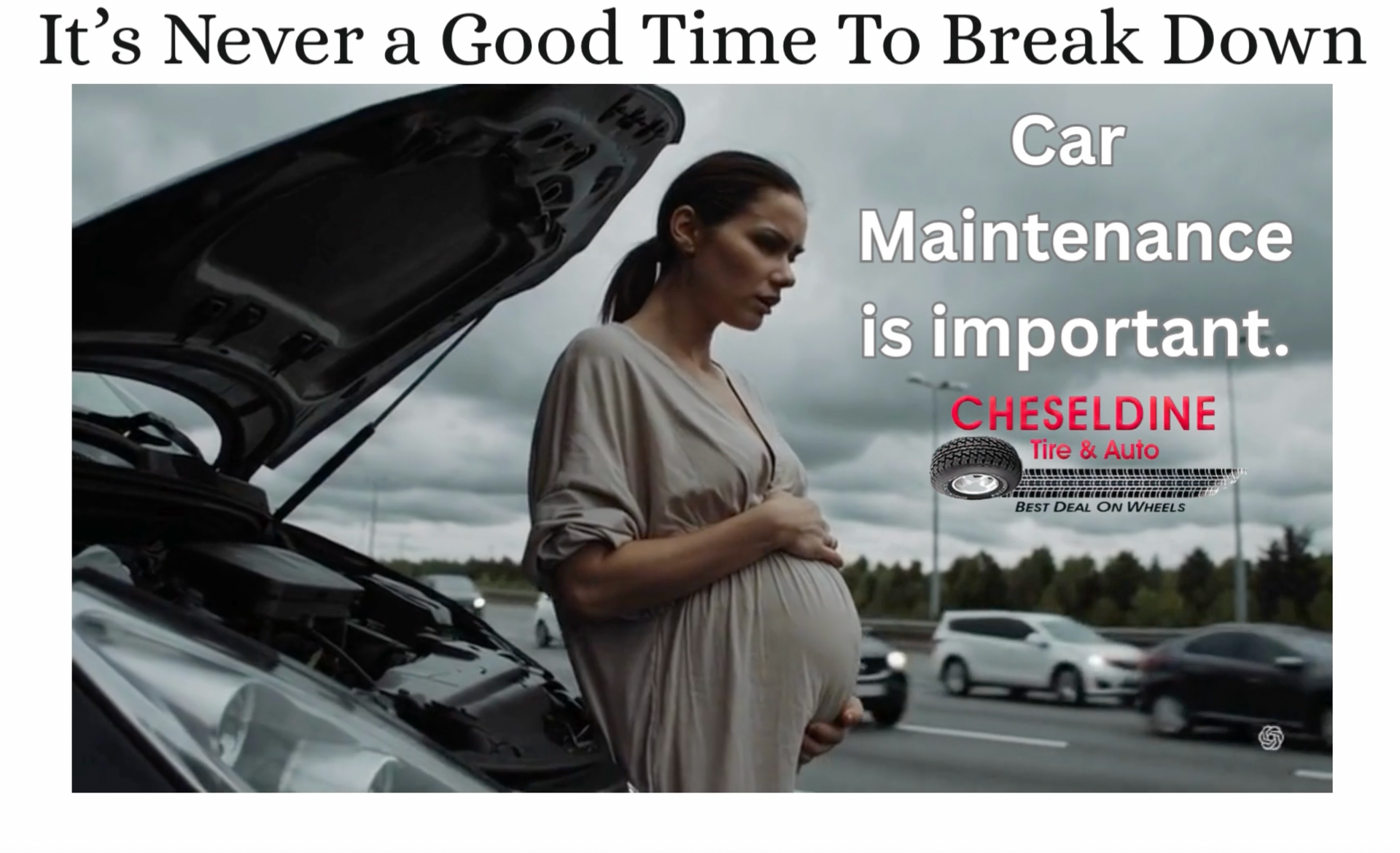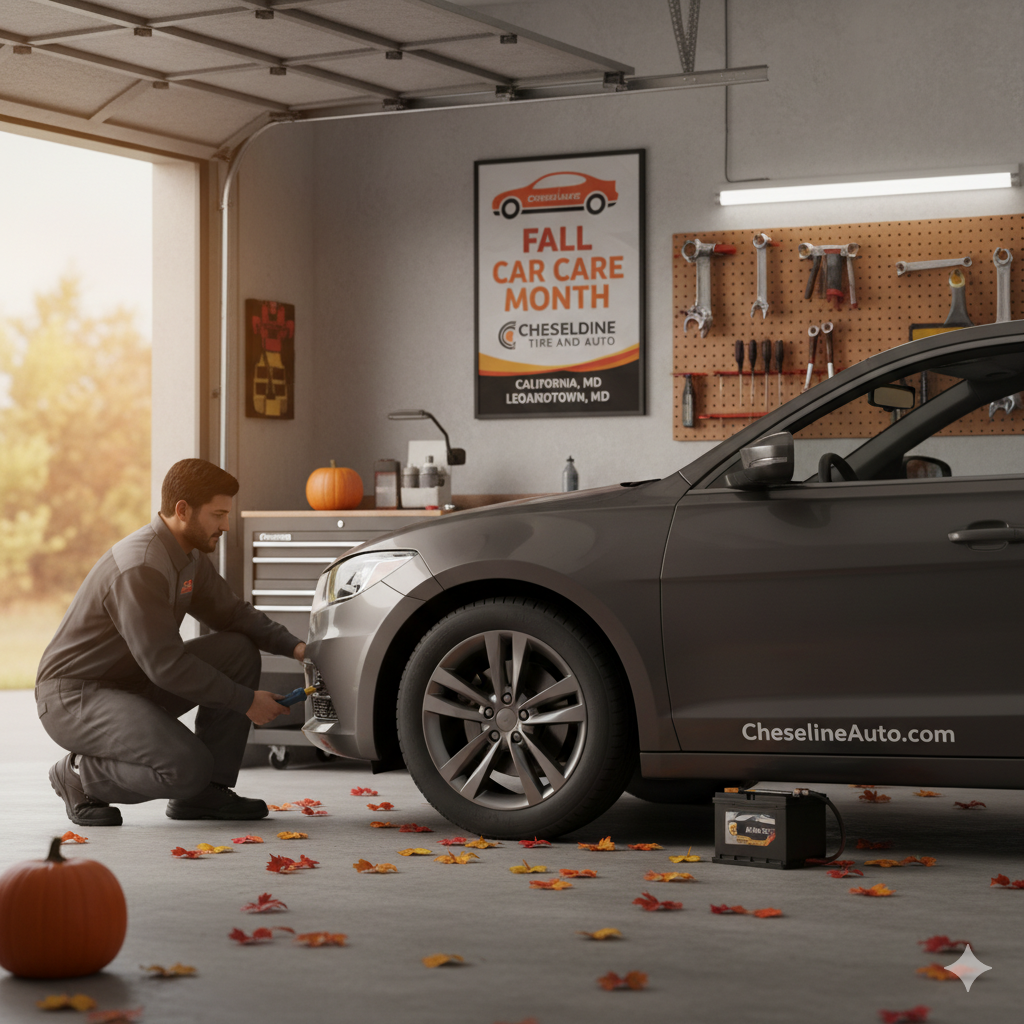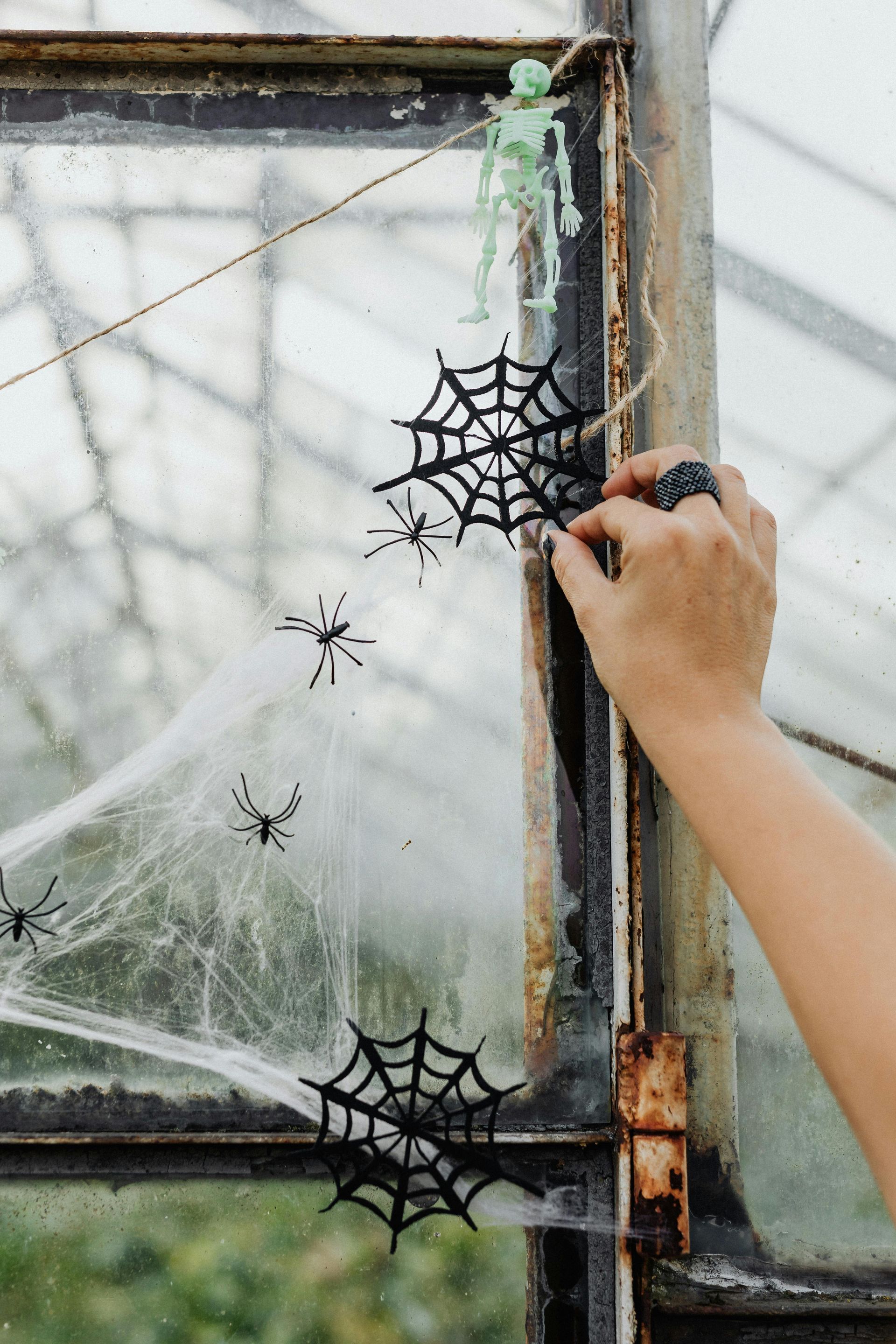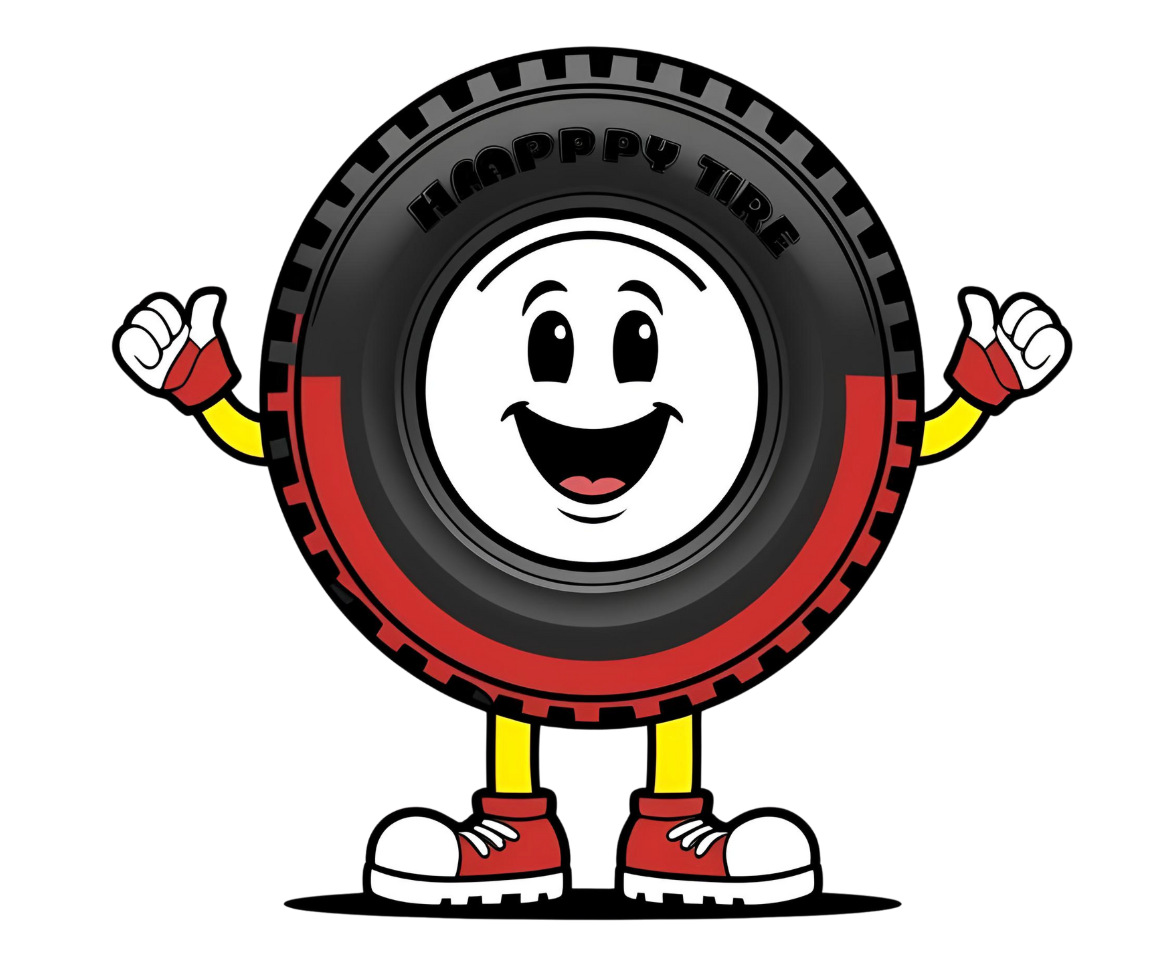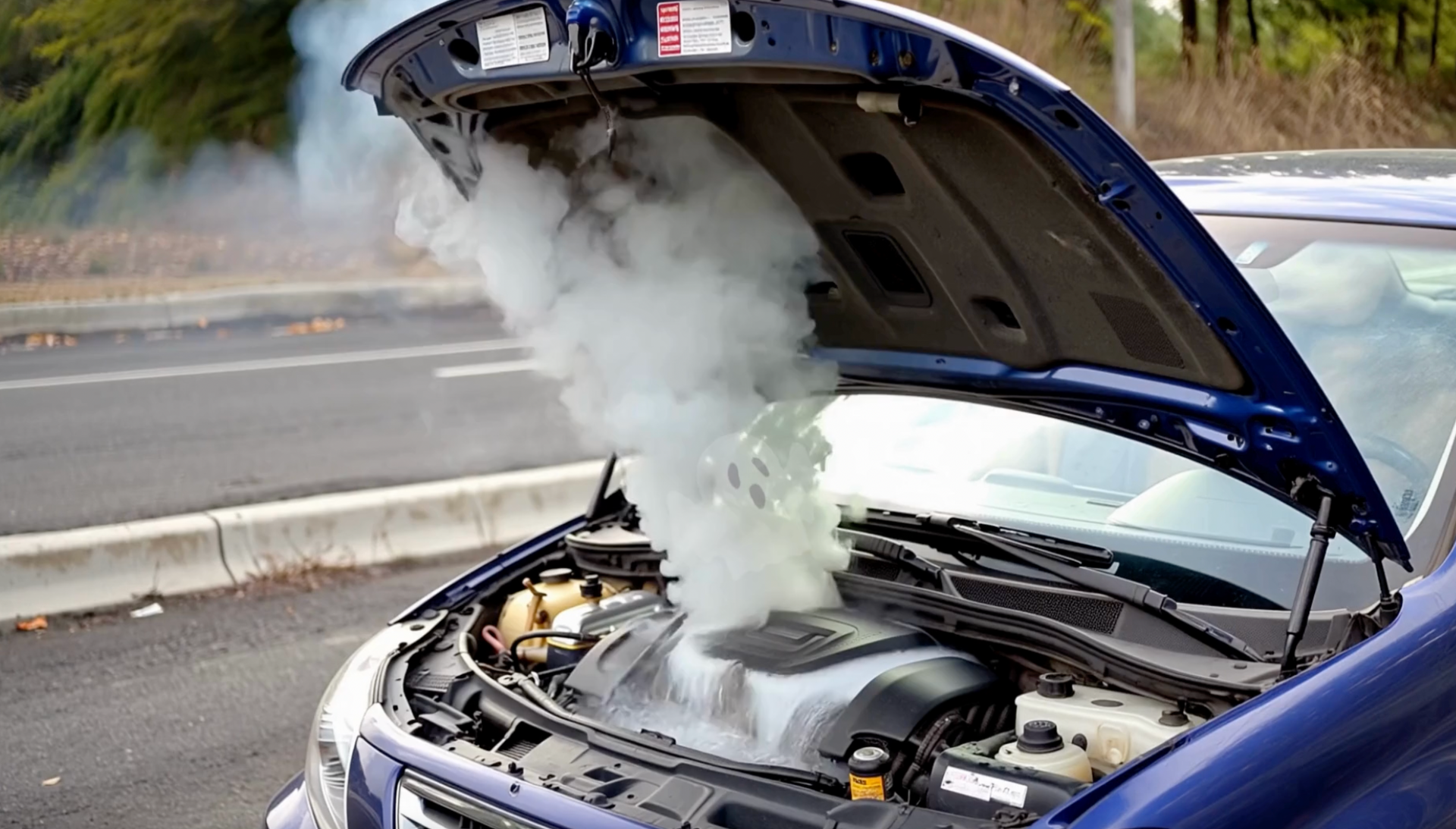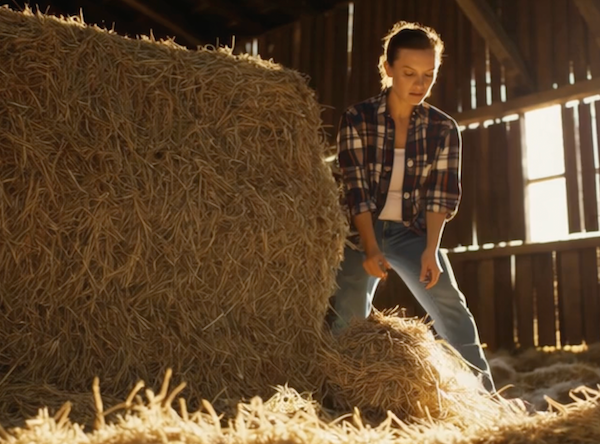Brake Noise, Brake repair Southern MD
Your braking system is critical to your safety, but the brakes can exhibit several signs that warrant attention. For example, the pedal may start to feel spongy when you apply pressure; it might fall to the floorboard, or hesitate before returning to its normal position; or, you may feel pulsations through the pedal.
Another sign of problems is noise. Squealing, scraping, and chirping sounds may provide clues to impending brake failure. This article will describe how to troubleshoot the noises you hear so you can have them addressed as quickly as possible.
Narrowing down the problem starts with noting the conditions in which it occurs. For instance, does the noise appear when you’re braking quickly, slowly, or both? Does it occur intermittently or predictably? Does it only happen during a certain time of the day or evening? What type of noise are you hearing?
Answers to these questions will help you pinpoint the issue. Don’t consider it a waste of time. If you take your vehicle to a mechanic, he’ll likely (should) ask you to describe the conditions in which you hear the noise.
The most common cause of abnormal brake noise is worn pads. The pads are designed with a material that wears away with use. They eventually wear down to the point that a metal piece of the component makes contact with the rotors. This produces a squeal.
Despite its prevalence as a cause of noise, don’t assume your pads are excessively worn. Other factors can produce a similar sound. For example, brakes that become too hot may squeal or squeak. So, too, might new brakes with hard linings. The hardness of the material is designed to last longer than the material on normal pads. The problem is, the brakes squeal.
On most vehicles, you’ll be able to inspect the pads without removing the wheels. If the wear material appears excessively worn, have the pads replaced.
You may feel pulsations coming through the brake pedal whenever you apply pressure on it. They may be mild and barely noticeable, or severe, as if the pads are uneven. This usually indicates a rotor is warped.
Normally, the rotors’ surfaces are completely smooth. When you apply the brakes, the pads at each tire clamp down on them. This creates friction, which is necessary to stop your car. As long as the rotor’s sides are parallel to one another, the sensation you feel through the pedal should be smooth. If, however, the sides are uneven, you’ll feel pulsations.
A warped rotor needs to be resurfaced in order to make the sides parallel. If its surface is too thin, the rotor needs to be replaced.
When Squealing Turns To Grinding
Recall from earlier that squealing can occur when the friction material on your brake pads wears down to a metal piece. This piece rubs against the rotor. With time, the squeal may turn into a grinding noise, an indication the rotor is being damaged.
Occasionally, a damaged rotor can be resurfaced if the damage is minimal. This might be the case if the problem is addressed soon after the grinding noise begins. Most times, however, resurfacing the rotor is impossible without making it too thin, and thus unsafe. Such cases warrant a replacement.
Contact Cheseldine Tire and Auto for all your repair needs in California MD and Leonardtown MD.
More Brake Repair Articles:
How To Recognize Potential Brake Problems
Advantage of Anti Lock Brakes System
CATEGORIES : ARTICLES-NEWS, AUTO MAINTENANCE, BRAKE REPAIR

